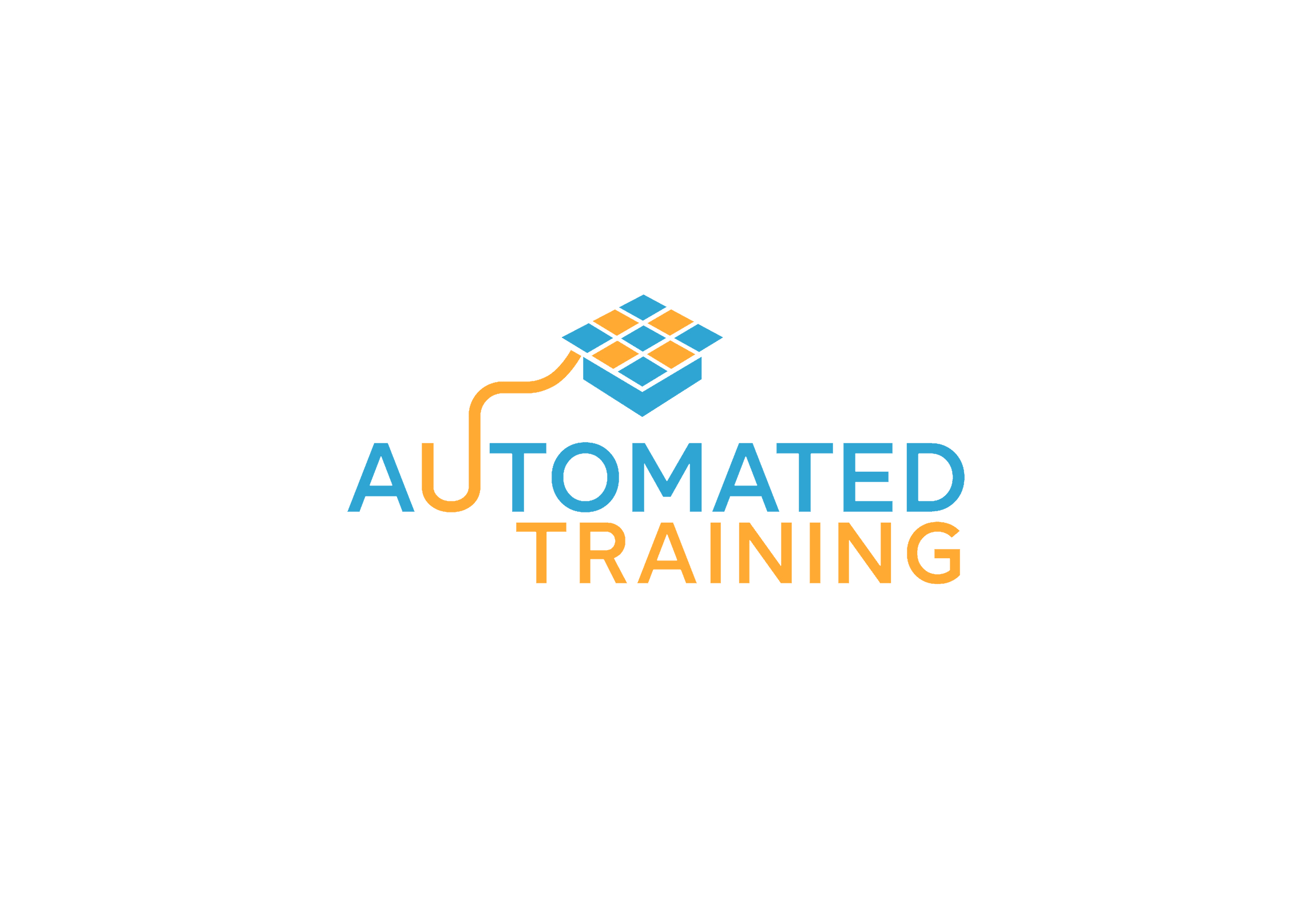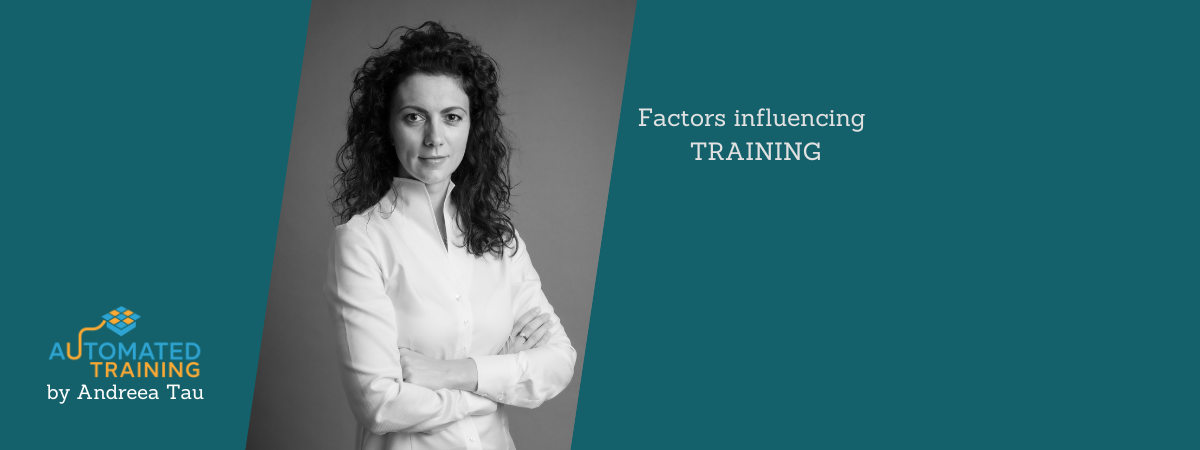Far away from criticizing the technical people that are put in the position of training others, in this article, I would like to underline why, against all beliefs, a presentation is not a training.
All respect for those who want to share their knowledge and put themselves in front of the trainees. To their support here follow some cognitive insights that I would like to share, in order to help you and them improve the presentations and make them more “learning-efficient”:
Why a presentation is not a training?
My shortest and simplest differentiation between talking to present and talking to teaching is the following: when I present, I talk for my ego and when I teach, I talk for my attendees.
The main difference relays on how much people have retained and understood.
The pyramid of learning shows each teaching method and the provided retention rate. Retention rate is how much information is remembered afterward and is presented as a percentage of the total amount of presented information.

In case you use lecturing or presentation as teaching method, trainees will remember only 5% of what you are teaching. This is the less efficient method in terms of how much trainees will remember.
If you want to increase retention, you also have to use other teaching methods or combine different methods together:
1.visual explanations -20% (video content),
2.demonstration of the taught principles -30%,
3.group discussion -50%,
4. practice – 75%.
Let’s see how you can talk more for the attendees than for your ego.
1. Don’t forget the purpose
When presenting information the purpose is simply to inform the audience.
The presenter does not care how much information was retained or understood. Or if the audience was engaged in the presentation the whole time. Exposed and utilized mobile phones during the presentation are “allowed” and it is not considered to compete with the presenter.
When teaching a topic, on the other side, the trainer must have specific learning expectation or expectations from his trainees. Also, the trainees have specific expectations of the taught material.
 This learning expectation is called a learning objective and is formulated clearly at the beginning of the training. In this way, the trainees also know what they should be able to do with the information at the end of the training. And they know what to focus on and how to focus on details.
This learning expectation is called a learning objective and is formulated clearly at the beginning of the training. In this way, the trainees also know what they should be able to do with the information at the end of the training. And they know what to focus on and how to focus on details.
Mistakes in formulating learning objectives
When the trainer presents learning objectives like this:
“Today I will teach you Functional Security, the importance of functional security in automotive embedded and its applications etc”
This is NOT a learning objective! A learning objective does NOT focus on the trainer, nor on what he talks about. A learning objective focuses on the trainee and what he will be able cognitively to do with the received information.
Benjamin Bloom has formulated the learning objective and put them into a hierarchy that reflects also their complexity levels: remember, understand, apply, analyze, evaluate, and create. Here is a link to the article that explains in detail the cognitive goals according to Bloom’s taxonomy.
2. Content matters
2.1. Structure the content
Do you think is important to properly structure the content?
When the brain receives new information, one of the brain’s main concerns is to structure it into the appropriate existing hierarchy. The information is not stored chaotic but classified, grouped, and linked. The brain cannot store information until it knows where it belongs with regard to the older information that it has. This is the main difference between experts and novices: experts classify and link the information.
Here I will use an association from our daily life to understand better the principle. You do the same kind of structuring when putting your clothes back in the wardrobe after doing the laundry. You don’t just throw the socks in any of the drawers. When holding socks in your hand, you put them in the drawer that already contains other socks.
When I structure the content for learning, I actually tell the brain: “this is a sock and this is the drawer for socks, this is a shirt and this is the drawer for shirts”. In this way, it doesn’t have to lose focus on this operation.
When I am teaching, I take care to feed the brain already the hierarchy structure that the brain is busy creating on the run. In this way, I am releasing a great number of resources that the brain can use for encoding information (memorization).

2.2. Mind the order
The order in which the things are presented plays a role in linkage and retention.
How many trainings, that you attended, started explaining a concept by exposing the definition?
“Is it bad to start with the definition?” you will ask.
Do you know why we always start by definition? I answer.
Because our training system copies perfectly the school system. The professor had 50 minutes to verify if the former lesson was learned and to teach the new lesson. He randomly picked some students, and the first thing he would ask was: “what is the definition of X, Y, Z?”.
Because at least 12 years of our life, the demonstration of knowledge began with saying the definition, we continue to teach in the same way. By starting with the definition, which contains unexplained dedicated terminology, you talk for your ego and not for your trainees.
Response: It is not bad to start with the definition, it is disengaging! Even more when the definition contains terminology that belongs to the subject and was not explained beforehand.
Should I then start the training with the definition like it was done in school? Or should I start by explaining the terminology followed by the principles of functioning? Allowing in this way the trainee to formulate the definition himself.
Talking further about the order in which I deliver the information, the next question is:
At what moment in a training, do I present new information, and at what point I am repeating it?
In teaching and in public speaking, the first and the last paragraphs are the most important ones.
Why?
Because those are the ones that will be remembered after the event.
According to the primacy and recency effect, in each learning session, there are these two precise moments when retention is enhanced. Those should be used to present the important topics that have to be remembered.
2.3. Use associations (and examples)
“There’s virtually no limit to how much learning we can remember as long as we relate it to what we already know. In fact, because new learning depends on prior learning, the more we learn, the more possible connections we create for further learning.“(Brown, Roediger III, McDaniel – make it stick: The Science of Successful Learning)
You must have heard of association as a supporting method for learning new things. Association means nothing else than explaining a new principle based on one that we already know.
What happens in the brain in the process of association?
When we associate a new principle or fact that we want to learn with an already known one, we activate the neural circuits that hold old information at the same time as creating the new circuit for the new information. In this way, we kind of link/connect the new circuit to the old one creating stability.
“Neurons that fire together wire together”(Donald Hebb 1949)
And the positive effect of that is that we can easily remember the new information by activating its associated neural circuit.
Using the association example from the former chapter, when you want to remember why and how the brain structures the newly received information, you think about how you do that when sorting the laundry in the closet.
2.4. Encourage focus and engagement
Thinking back to your last training, did you feel engaged in it? If not, what was missing?

In a presentation, rarely the presenter asks questions. But in a training, asking questions is mandatory to engage people.
Engagement and attention go hand in hand. One of the attention subsystems is the orienting system. It indicates WHAT to attend. And the main way to engage people is to orient their attention to what you want them to attend. This is done by asking questions.
You keep your trainees engaged also by keeping them alert and focused on the subject. In order to keep them focused on the subject, you have to know that the mental focus follows the visual focus.
“The focus in the brain is anchored to our visual system” (Dr. Andrew Huberman)
Which leads then to the following questions?
- how much visual information do I show/present at one moment in time?
- does this information supplement what is being said or it requires extra visual focus to process additional information? Like: am I showing images or am I showing almost the same text that I am talking?
3. Mind the duration
For the sake of the mind, please mind the duration of a teaching session!
“Better an end with horror than a horror without end.” Ferdinand von Schill
When presenting information, the duration doesn’t matter so much. When the purpose is only to inform, it only matters that the public has heard about it and taken note of its existence.
But with regard to training and learning, I would never hold an in-person teaching session for more than 30 minutes. It would be a waste of time for me and for the attendees. Because we cannot learn what we don’t perceive and we don’t perceive what we don’t attend. Attending means paying attention.
Human attention is limited to approx. 30 minutes and due to modern technology, it is continuously declining.
Even short-term memory is declining also due to technology because by relaying on it, it prevents us from exercising it. According to George Miller in 1956, humans’ short-term memory could hold about 7±2 items. Cowan (2001) suggests that a more realistic figure for our days is 4±1 items.
4. Practice
A presentation requires good examples but not necessary practice.
On the other side, training without practice is a kind of antonym (a word of the opposite meaning).
Learning material sink in only when it is accompanied by relevant and correct practice. We experience changes in the brain (neuroplasticity) either through learning or experience. Experience means to practice, to apply, to do.
“Knowledge without experience is philosophy, and experience without knowledge is ignorance.” (Joe Dsipenza)
Regarding practice, not every practice is correct and efficient. The practice has to be repeated, varied, and broken into spaced-out periods.
Our service (training content preparation)
In the process of digitalizing training and knowledge, in the first step, we prove that the content is intended and appropriate for learning. With your approval, we work with the SME (Subject Matter Expert) and transform the presentation into state-of-the-art training using cognitive psychology. Cognitive psychology is the basic science of understanding how the mind works, conducting empirical research into how people perceive, remember, and think.
In the second step, we digitalize the training’s content. Either by recording the trainer on video, or generating an avatar for the trainer and creating eLearning snippets. In case the company works with an LMS (Learning Managment System), we transform the content into compatible learning units for the LMS.


